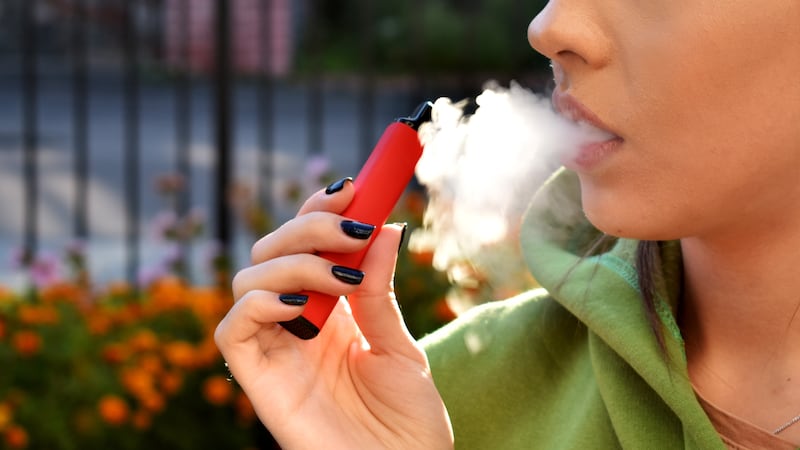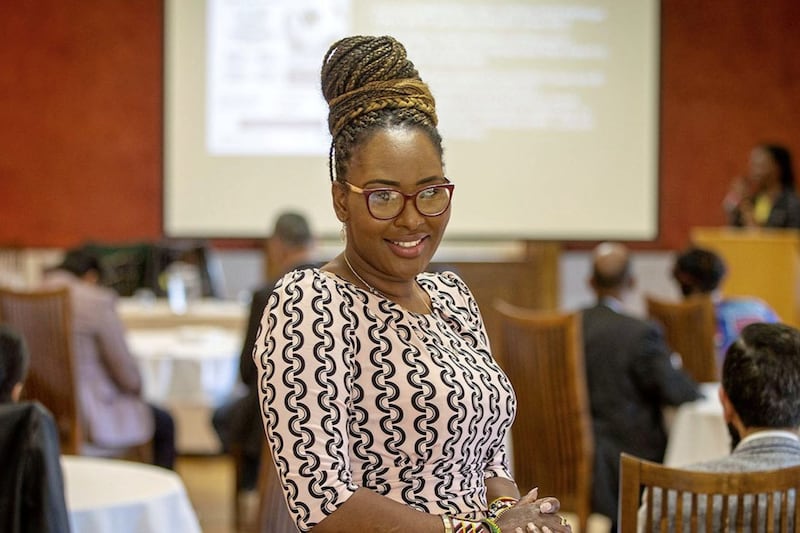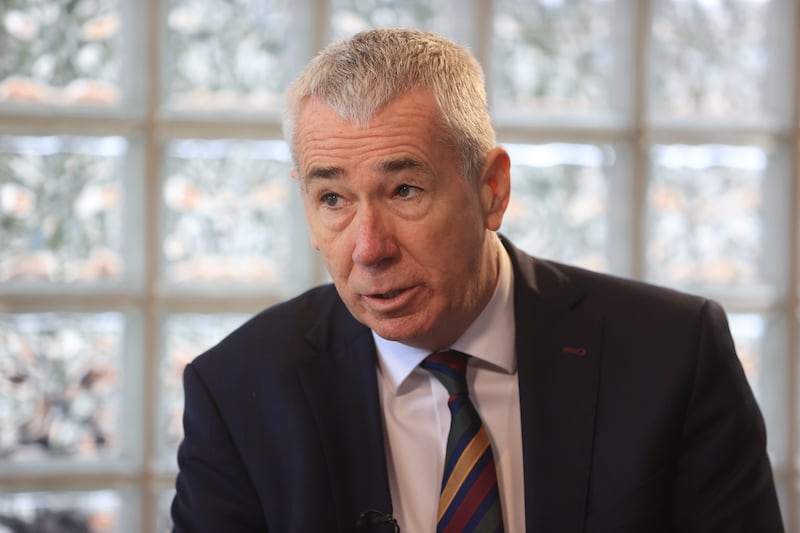A fresh warning about the dangers posed to children by vaping - this time linked to ‘spice’ - is an alarming reminder of the potentially lethal risks associated with consuming any unknown substance.
Spice is the name given to a toxic cocktail made from a new breed of synthetic drugs originally created to mimic the effects of cannabis. These synthetic cannabinoids are, however, hundreds of times more potent and unpredictable than cannabis. The psychotropic effects of spice are, for example, far stronger and longer lasting, with panic-inducing hallucinations and frightening visions reported by users.
The litany of deeply unpleasant side effects can include a high temperature, vomiting, dizziness, an inability to move, mental health problems from heightened anxiety and paranoia, diarrhoea, breathing difficulties and numbness.
A feature of spice is that users can rapidly develop tolerance, often within a matter of days, and that its effect becomes exaggerated with continued use, leading to what experts describe as a zombie-like state.
Most of the factory-scale laboratories were spice is made are thought to be in China, and there are hundreds of combinations of the drug. Though it can be smoked, it is also mixed with vape fluid.
Taking spice is clearly extremely risky to anyone’s health but the damage that could be done to the physical and mental health of a still-growing teenager is alarmingly obvious.
The Public Health Agency has issued a blunt warning, emphasising that “inhaling synthetic cannabinoids, including spice, through a vape is extremely dangerous for young people”.
“For young people, using substances is particularly dangerous during a time when they are still developing physically and mentally, with drugs having the potential to damage their cognitive and emotional development,” says Kevin Bailey, the PHA’s regional lead for drugs and alcohol.
Taking spice is clearly extremely risky to anyone’s health but the damage that could be done to the physical and mental health of a still-growing teenager is alarmingly obvious
In light of the spread in spice use, the PHA has appealed for parents and guardians to highlight the dangers of taking drugs and to point out that it is impossible for any user to know what exactly is contained in these substances.
The growing numbers of teenagers who vape is already a matter of real public health concern, which is only amplified by the risks associated with inhaling spice.
There are deeply troubling statistics around vape use among children. The most recent Department of Health survey suggests that in Northern Ireland, 9% of 11-16-year-olds are vaping, with 6% doing so regularly. By the time they reach Year 12, a quarter of children vape.
In Britain, there are plans to introduce a ban on the sale of disposable vapes along with other measures designed to make it more difficult for children to get hold of them. This is a positive and welcome step, which Stormont must urgently emulate.








